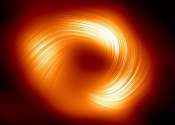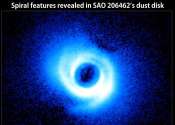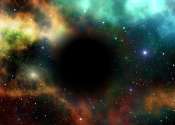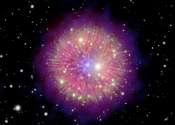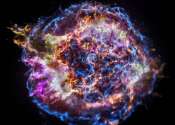ESA and NASA team up to study solar wind
In the run up to April's total solar eclipse, ESA-led Solar Orbiter and NASA-led Parker Solar Probe are both at their closest approach to the sun. Tomorrow (March 29), they are taking the opportunity to join hands in studying ...



